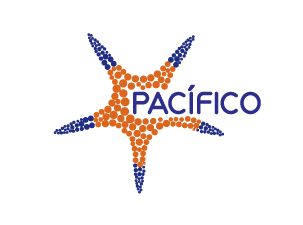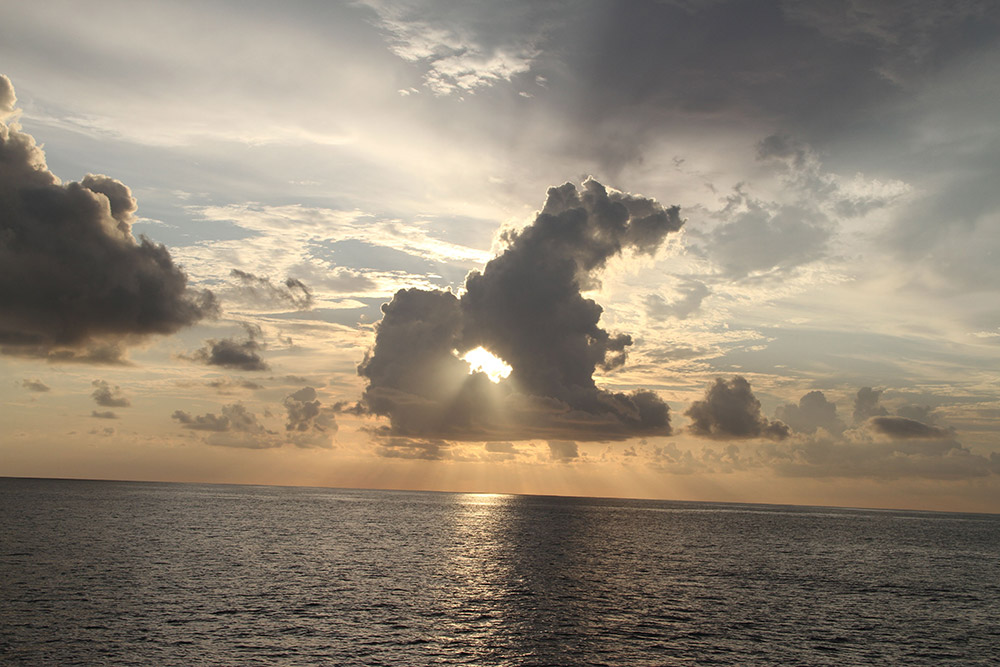The island is located in the Province of Veraguas, in the districts of Montijo, Las Palmas and Soná. It is characterized by having moderately high temperatures, with an average temperature of 25. 9º Celsius, high rainfall (about 3,334 mm) and an average relative humidity greater than 80%, with a humid tropical monsoon climate. Almost all of the islands have forest cover, especially Coiba, with cover of more than 80% of its surface, highlighted—in the northeast—by species such as maria (Calophyllum spp), secuara (Tetragastris panamensis), tangaré (Carapa guianensis) and cativo (Prioria copaifera).
Created on 17 December 1991 through the Board of Directors of INRENARE Resolution Nº 021, published in the Gaceta Oficial 21,958 on 23 January 1992 and later modified through Law Nº 44 on 26 July 2004, published in the Gaceta Oficial 25,104 on 29 July 2004, this protected area occupies an area of 270,125 hectares.
The area contains the last humid and very humid undisturbed lowland forests on the Pacific slope of the Republic of Panama and also contains lesser vegetation formations of great interest for conservation of its biodiversity, among which the standouts are the cork oak groves (Mora oleifera), swamp forest (Pterocarpus officinalis), beach vegetation, coastal dry forest and grasslands and shrublands Considerable areas of mangroves also exist, such as red mangrove (Rhizophora mangle), caballero mangrove (Rhizophora racemosa) and tea mangrove (Pelliciera rhizophorae).
Thirty-nine species of mammals are reported, but there are no records of large predators such as felines. There is an endemic species of mammals: the Coiban agouti (Dasyprocta coibae) and three subspecies: Batty’s opossum (Didelphis marsupiales battyi), the Coiban howler monkey (Alouatta palliata coibensis), which is among the largest monkeys in the New World, and a deer (Odocoileus virginianus rotschildi). Coiba is the only place in Panama where flocks of scarlet macaws (Ara macao) can currently be seen—a threatened species at the national level.
With respect to the marine ecosystem, the formations in the area are described as shallow bands of coral reefs and patch or spot reefs, where species of the genus Pocillopora correspond to the main species forming reefs in shallower areas.

